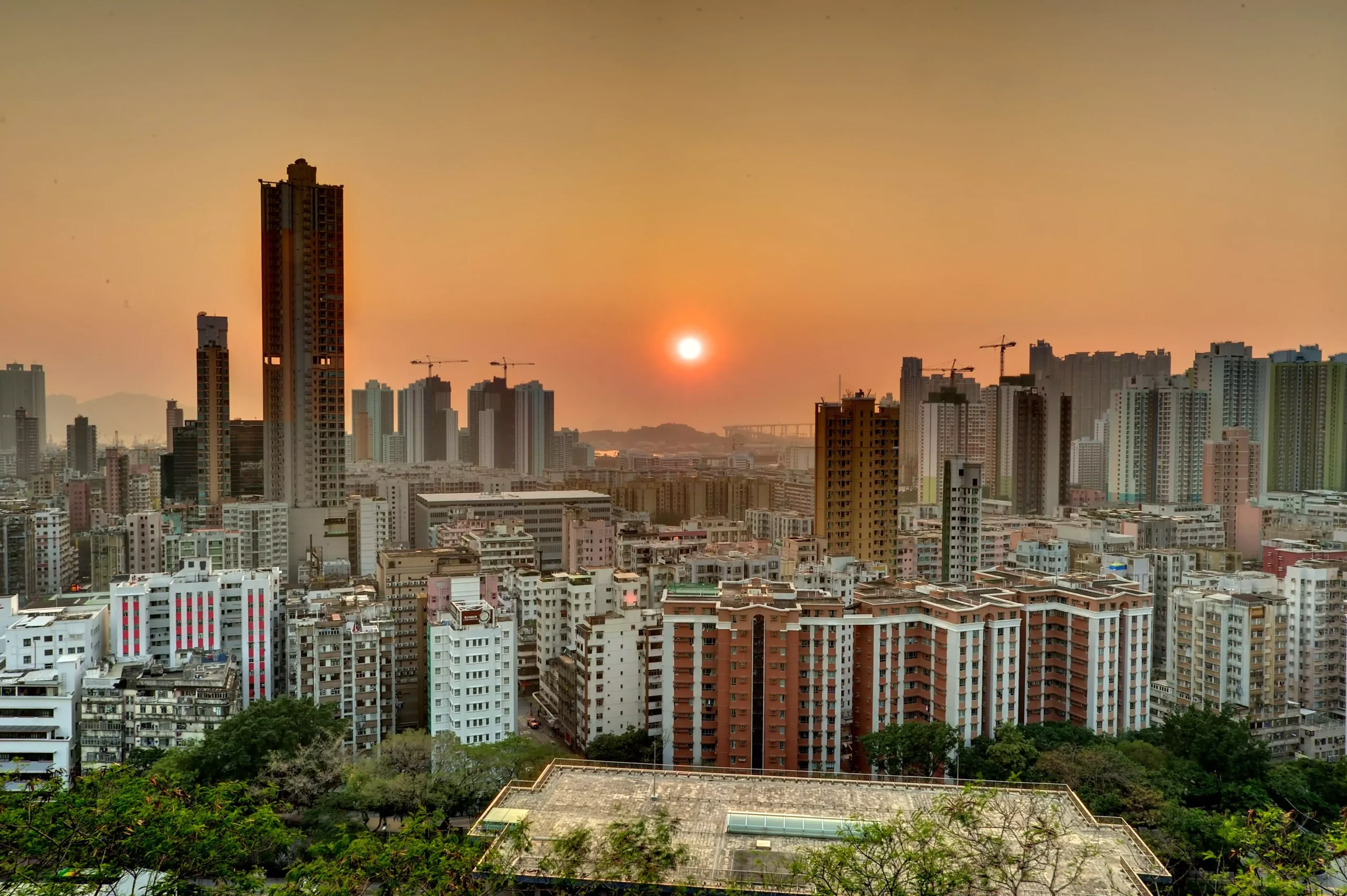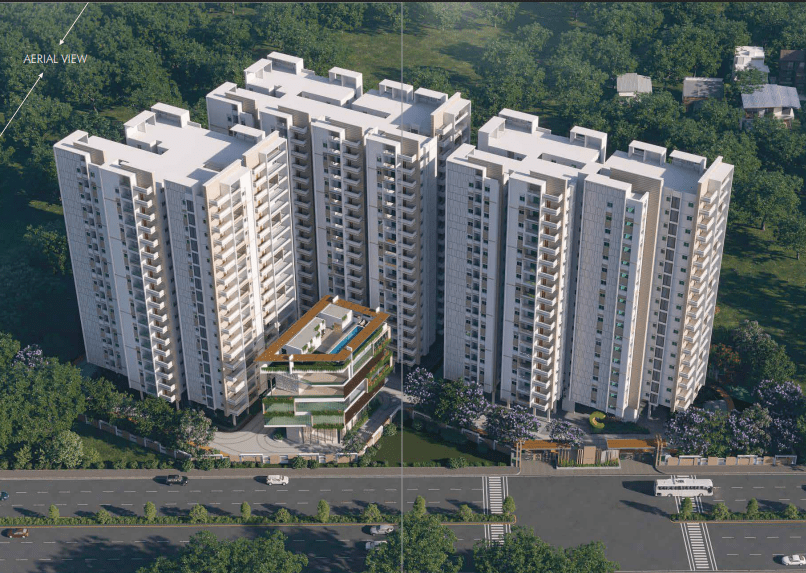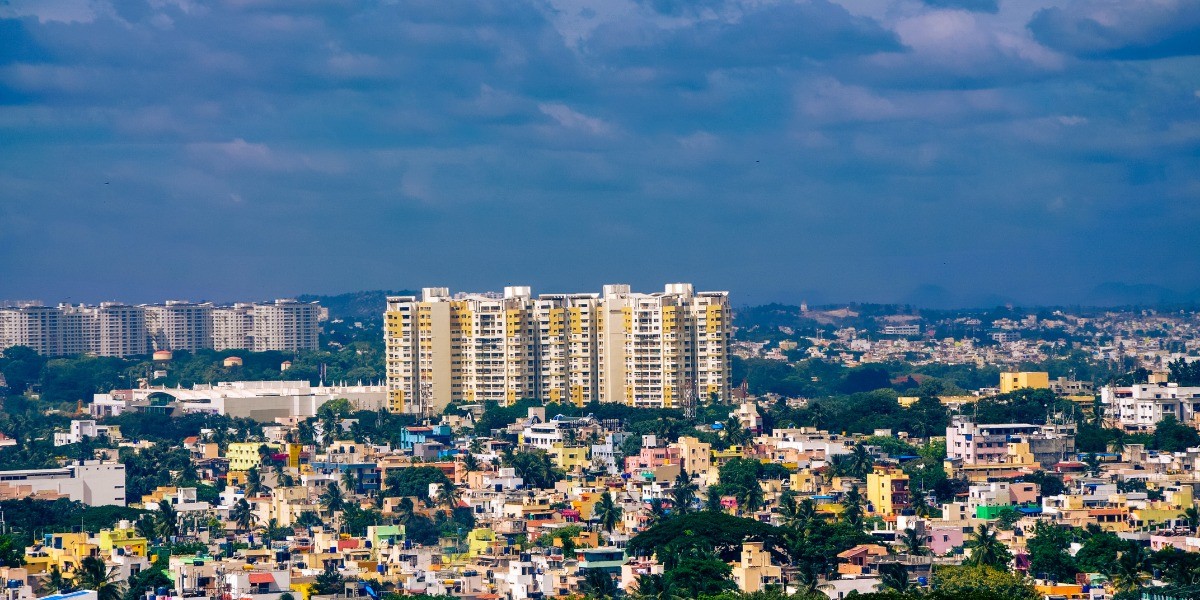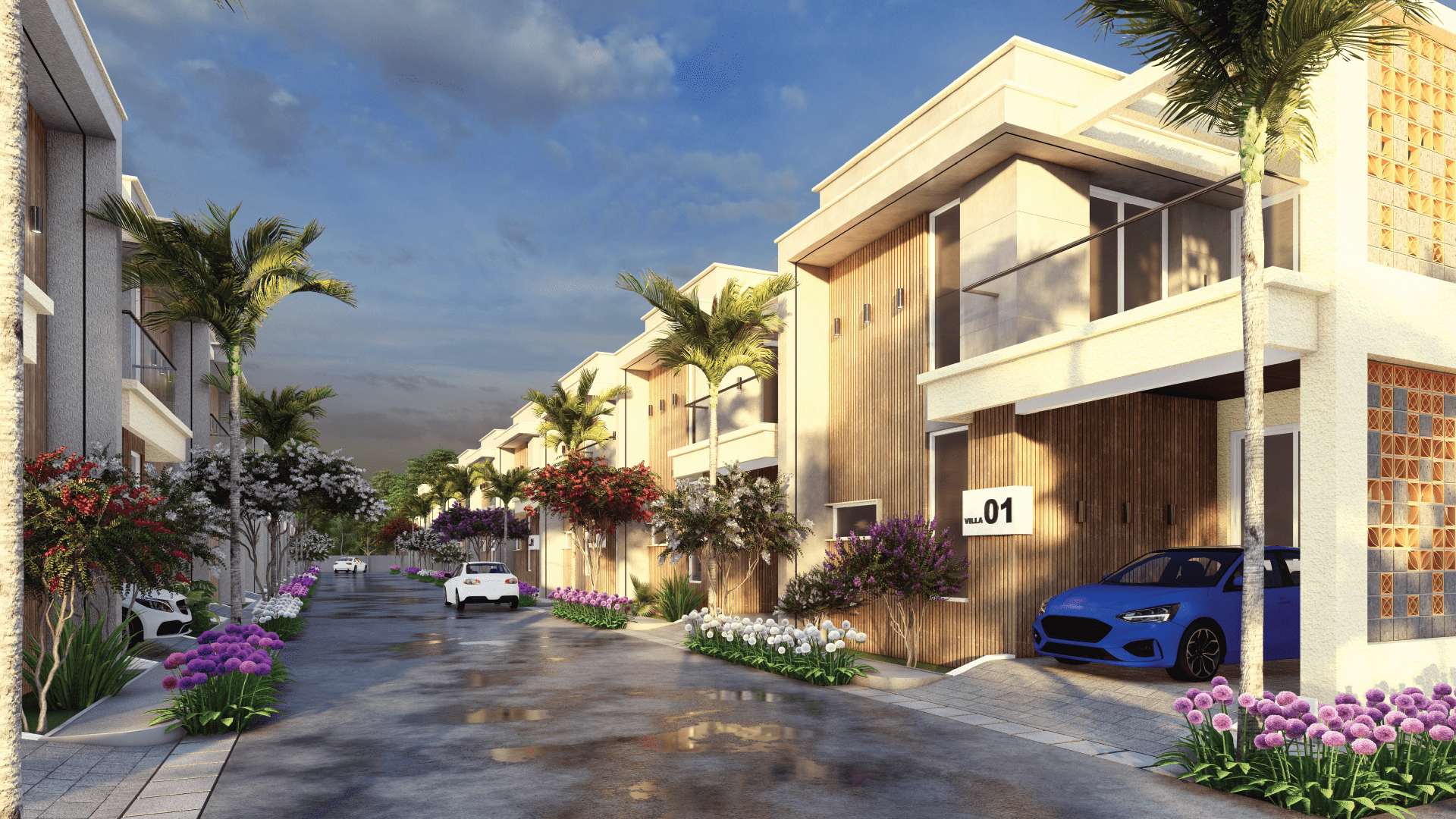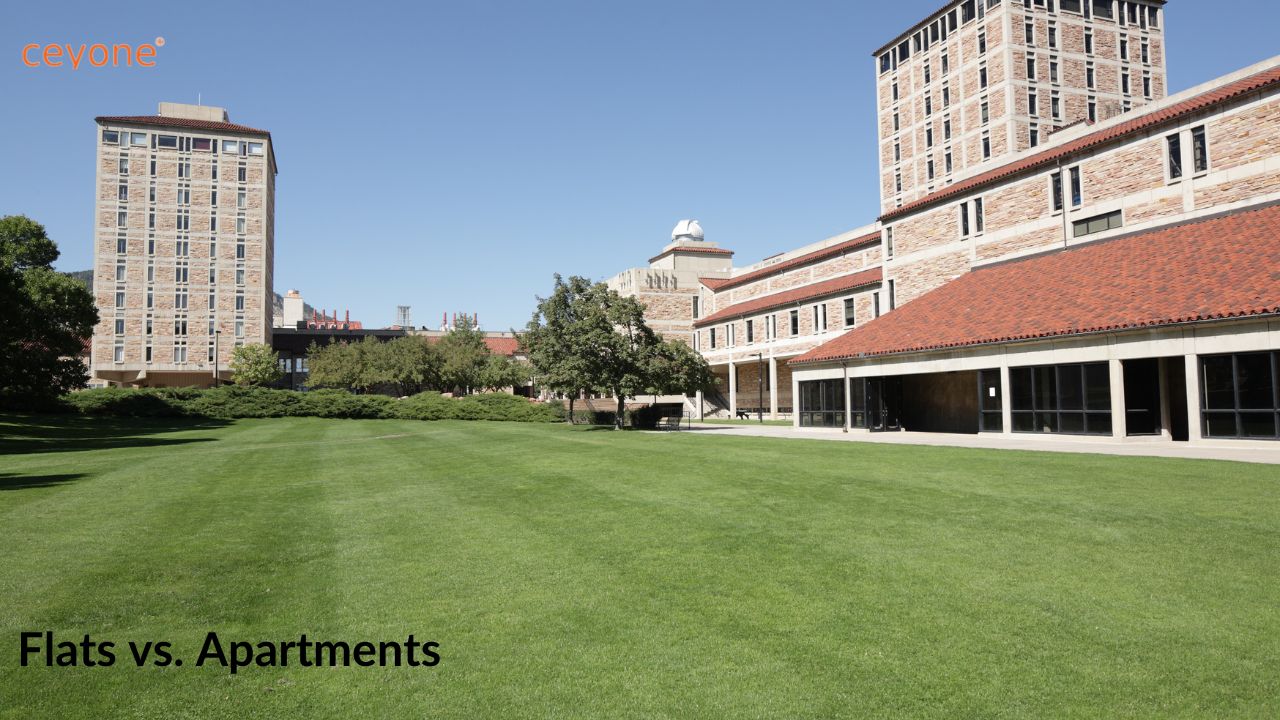The Road Ahead: Indian Real Estate in 2025 and Beyond
As we step into 2025, it’s impossible not to reflect on the incredible strides the Indian real estate market made in the past year. From record-breaking luxury housing demand to a transformative year for residential real estate, 2024 laid the foundation for an even more dynamic future.
At Ceyone, we’ve had the privilege of witnessing firsthand how the sector is evolving—not just reacting to global trends but setting them. The resilience and ambition driving India’s economy have fueled real estate’s role as a cornerstone of national growth. A rapidly growing middle class, the rise of luxury aspirations, and consistent government support have created fertile ground for innovation across housing, office spaces, and retail developments.
Let’s break down the trends shaping 2025:
- Residential Real Estate: A Thriving Luxury Market
Last year, we saw an incredible 23% hike in residential property prices across major cities, with luxury homes leading the charge. This is a clear reflection of changing buyer priorities—spacious, lifestyle-driven homes are no longer a luxury but a necessity. The demand for ultra-luxury housing has skyrocketed, contributing to a significant chunk of new supply, especially in metros.
Bangalore: Known for its thriving IT sector, Bangalore’s real estate witnessed a surge in demand for premium gated communities and luxury apartments.
Mumbai: The financial capital continues to dominate luxury housing, with projects in South Mumbai and suburbs like Bandra and Powai seeing exceptional traction.
Hyderabad: With a booming tech industry, Hyderabad offers a unique blend of affordability and luxury, making it one of the fastest-growing real estate hubs.
Delhi NCR: Gurugram and Noida are leading the luxury housing wave, with expansive villas and penthouses catering to affluent buyers.
- Retail Real Estate: Reinventing Brick and Mortar
Despite the rise of e-commerce, India’s retail sector continues to thrive. Malls in prime locations are witnessing record-low vacancy rates, and Tier II and III cities are becoming new hubs for organized retail expansion. This blend of innovation and tradition ensures that physical retail will remain an integral part of India’s consumption story. - Sustainability and Innovation
From eco-friendly to tech-enabled residential projects, sustainability is no longer a choice—it’s an expectation. Developers are embracing green building practices and aligning with global standards to meet the demands of a more conscious buyer base.
What Does This Mean for the Future?
For us at Ceyone, the path forward is clear. As the real estate sector continues to grow, so do the opportunities to shape lives, redefine lifestyles, and build legacies. We’re more committed than ever to partnering with developers, investors, and buyers to create meaningful real estate experiences that reflect the aspirations of modern India.
As we look ahead, 2025 promises to be a year of immense opportunity and transformation for Indian real estate. Developers are acquiring land at record levels, ensuring a steady supply of new projects that cater to diverse needs. Price appreciation is expected to stabilize between 5% and 10%, creating a balanced market that benefits both buyers and investors.
At Ceyone, we’re more committed than ever to helping our partners navigate this exciting landscape. Whether it’s understanding market trends, identifying growth opportunities, or crafting strategies that resonate, we’re here to ensure success every step of the way.
| Aspect | Before 2025 | After 2025 (Projected) |
| Residential Demand Growth | 2% YoY increase in top 7 cities (2024). | Expected to grow at 5-7% annually. |
| Urbanization Rate | Urban population at 35% of total population. | Expected to reach 40% by 2030. |
| Luxury Housing Contribution | 28% of new housing supply in 2024. | Expected to stabilize around 25-30%. |
| Affordable Housing Supply | 19% of new housing supply. | Projected to rise to 25% due to government initiatives. |
| Housing Price Growth | 23% annual increase in major cities (2024). | Stabilization with 5-10% annual growth. |
| Unsold Inventory | 5,64,420 units in 2024 (8% lower than 2023). | Further reduction by 10-12% by 2026. |
| New Launches | 3,21,780 units in 2024 (72% of 2023 supply). | Projected to exceed 3,50,000 units annually. |
| Foreign Direct Investment (FDI) | $5 billion in 2024. | Expected to grow at 8-10% CAGR. |
| REIT-Managed Properties | Over 80 million sq. ft. in 2024. | Likely to exceed 120 million sq. ft. by 2030. |
| Sustainability Adoption | 10% of new projects focused on green buildings. | Expected to rise to 25-30% by 2030. |
| Rental Market Growth | Grew by 10% YoY in 2024. | Projected to grow at 15-20% CAGR. |
| Infrastructure Investments | ₹7.5 lakh crore allocated in 2024. | Expected to rise by 10-15% annually. |
Conclusion
Are you ready to explore the opportunities 2025 has in store for you? Whether you’re a homebuyer, investor, or developer, this is the year to take bold steps and make informed decisions. Let’s build a future together—one that’s rooted in innovation, sustainability, and shared success.
Connect with us today for more details.
References : The Economic Times , Hindustan Times
Residential Demand Growth:
- Source: Knight Frank India, ANAROCK, and JLL Reports.
- Reference: Reports on year-over-year housing demand and sales in top 7 cities.
Urbanization Rate:
- Source: United Nations Population Division, Census of India.
- Reference: Projections on India’s urban population growth till 2030.
Affordable Housing Supply:
- Source: Government of India’s PMAY (Pradhan Mantri Awas Yojana) reports, CREDAI.
- Reference: Analysis of affordable housing policies and launches.
Housing Price Growth:
- Source: Housing Price Index by NHB, Knight Frank India, PropTiger.
- Reference: Reports on annual price trends in residential markets.
Foreign Direct Investment (FDI):
- Source: Department for Promotion of Industry and Internal Trade (DPIIT), RBI.
- Reference: Data on FDI inflow trends into construction and real estate.
Unsold Inventory:
- Source: ANAROCK’s H2 2024 report, Knight Frank Quarterly Updates.
- Reference: Market assessments of unsold stock and its changes over years.
REIT-Managed Properties:
- Source: Reports by Embassy REIT, Brookfield REIT, JLL.
- Reference: Analysis of REIT portfolios and growth in managed areas.
Sustainability Adoption:
- Source: IGBC (Indian Green Building Council), GRIHA.
- Reference: Reports on green building certifications and developer initiatives.\
Rental Market Growth:
- Source: Colliers, PropTiger.
- Reference: Reports tracking rental yield growth in urban areas.
Infrastructure Investments:
- Source: Union Budget of India, Ministry of Housing and Urban Affairs.
- Reference: Allocations and expenditure on infrastructure development.
